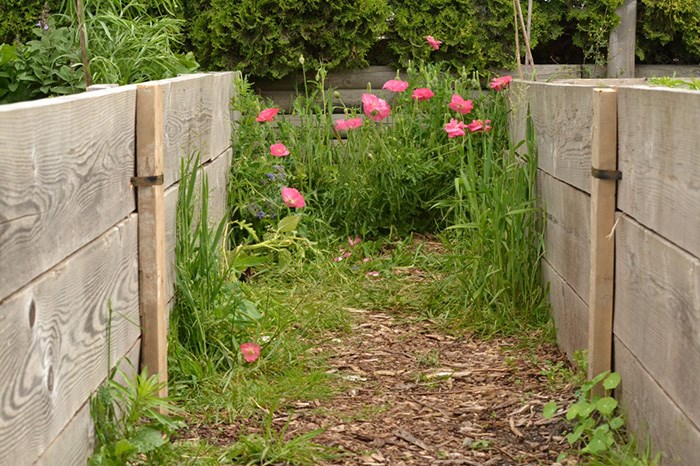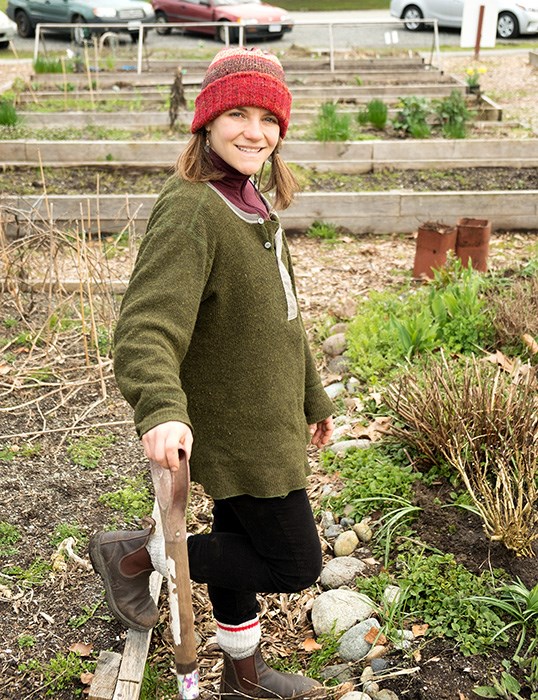Learning from nearby regions is important to advance local food systems, says Michalina Hunter, manager of three Squamish community gardens.
Under the umbrella of the Squamish Climate Action Network, she says gardens are a benefit to the community, with the biggest being the social impact.
“Seeing the relationships blossom in the garden has been lovely,” Hunter says. And the waitlists for plots are long.
Members of the District Food Policy Council, the group recently toured the Whistler and Pemberton community and were impressed with the greenhouses, which create space to grow more and for longer.
She wishes for more secure land and is grateful for the current year-to-year lease. Getting space to create a processing facility downtown for farmers to store and retail goods is the future goal, she says.
“We don’t have a lot of farms. We don’t have a lot of agricultural land,” Hunter says. “So it really makes sense to collaborate with people that do.”
Monthly workshops are free to members of the public, offering a chance for experienced gardeners to share their passion and knowledge. The most recent was about early spring preparation.
The teacher and former grower and herbalist, Barb Hinde, calls herself a dirt addict. She chooses topics by frequent questions from fellow gardeners.
People really want to learn, she says, but we’ve become disengaged, not realizing the effect and process of importing or nutritional content.
She grows enough food on her plot to feed herself for the season. “It lit a fire under my butt to teach people how to be more engaged with their food.”
In Whistler, education is a priority for the Association of Whistler Area Residents for the Environment (AWARE), a charity running four greenhouses and the Cheakamus Community Garden.

The goal is for people to understand the importance of food systems and connect with sourcing local food, says Claire Ruddy, the executive director.
“It means that you’re eating things in season,” she says, which benefits the local economy by also supporting local farmers.
“We don’t have as much outdoor space,” she says, so it empowers people to grow food, creating more opportunities to understand what is happening in other communities and the value of food systems in place.
The plots sold out last year – only three boxes remain this year.
A pollinator patch made up of a bee and butterfly garden was placed next to the elementary school and valley trail last year. Signage about the link between food and spaces for insects to pollinate with a student-made insect hotel goes up this spring.
Lori Payne got involved by wanting to teach her son that food didn’t actually come from the grocery store. Master gardener and landscaper, Payne led the project before it came under AWARE’s leadership.
A plot will feed a family of four, she says. She built 50 boxes to start, but this year there will be almost 100.
“It’s just growing and growing,” she says. “And that makes my heart soar.”



